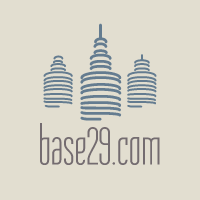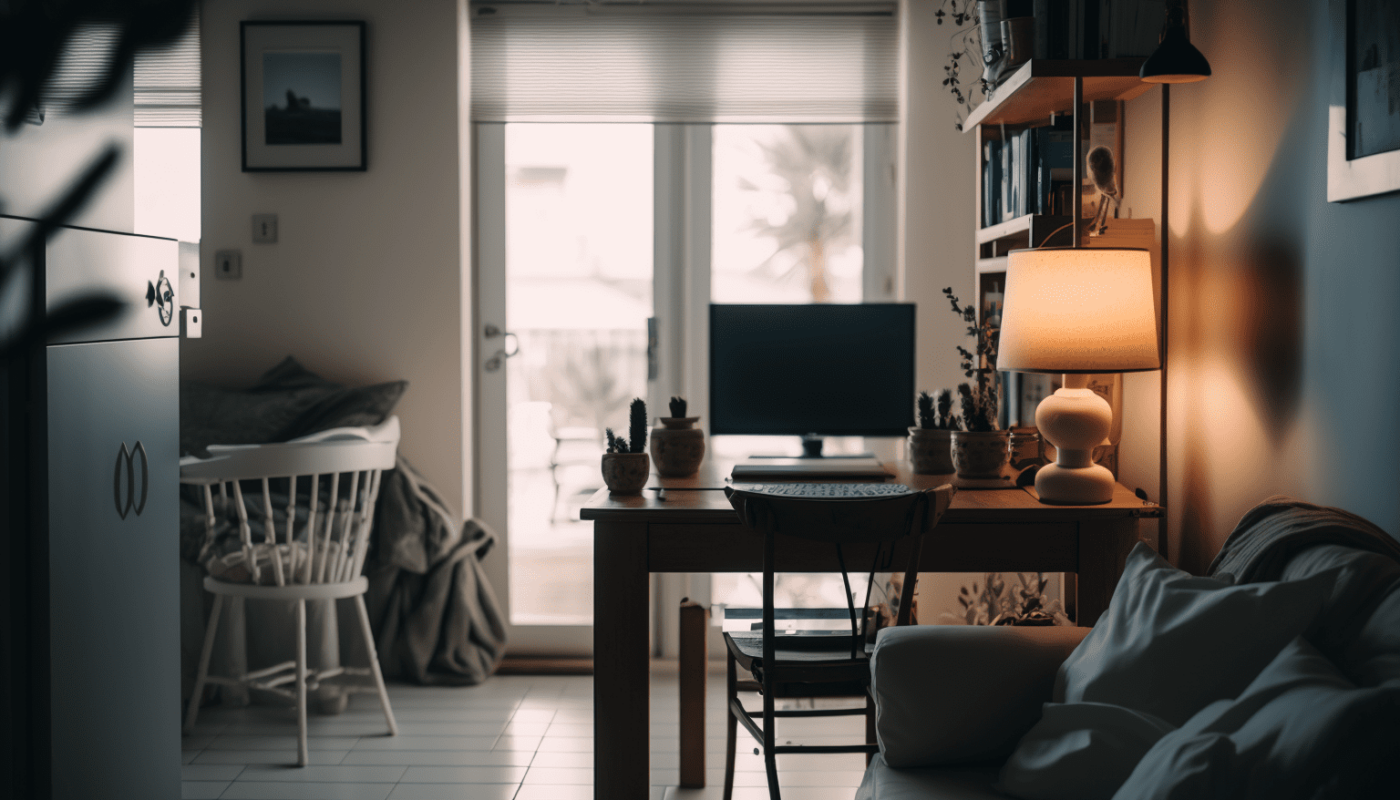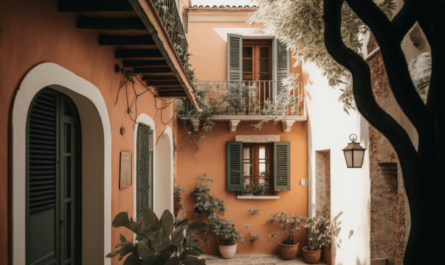In the digital marketplace, real estate listings are the virtual storefronts of properties. Their allure can make the difference between a passing glance and a serious inquiry. Merging the artistry of interior design with the innovation of web design breathes life into online listings, engaging potential buyers through a screen. This fusion not only showcases properties in their best light but also weaves a narrative that resonates with the aspirations of viewers, underpinning the essence of a property beyond mere brick and mortar.
The Power of Visual Appeal
In the competitive arena of real estate, the visual appeal of property listings is paramount. The first interaction a potential buyer has with a property is often through photographs and videos presented online. This visual introduction must be captivating, coaxing the viewer into a deeper engagement with the listing. High-quality imagery that employs professional photography, attention to lighting, and the aesthetic arrangement of spaces can make a significant difference. It’s the visual storytelling that gives a listing its soul, inviting viewers to imagine their lives unfolding within the walls of the property. Aesthetics go beyond mere decoration, reaching into the realm of psychological allure, where the right angles, the play of light, and the harmony of design elements work in concert to create an irresistible visual narrative.
Integrating Interior Design into Web Design
The integration of interior design within the digital frame of web design is a creative challenge that, when done successfully, elevates the online presence of a property. This integration is a meticulous process where the essence of a property’s interior—its mood, style, and character—is conveyed through digital formats. Expertly crafted virtual tours and panoramic images allow for an immersive experience, while thoughtfully lit photographs can underscore the unique qualities of the interior design. The color schemes on the webpage can be coordinated with the property’s palette, establishing a cohesive visual flow. Virtual staging plays a significant role, enabling potential buyers to visualize the property as a home, adorned with furniture and decor, which enhances the emotional connection. The goal is to create an online representation that resonates with the warmth and tangibility of a physical home, making every scroll through the listing a step further into the buyer’s potential future home.
Enhancing User Experience
When it comes to online real estate listings, the user experience is vital. A well-designed website must offer more than just information; it must deliver an experience that is seamless, informative, and engaging. The ease with which a user can navigate through the listing directly affects their interest level and the likelihood of them taking the next step in the property buying journey. Intuitive navigation that seamlessly leads a prospective buyer from room to room, akin to a physical walkthrough, is crucial. It is complemented by fast-loading, high-resolution images that offer a true-to-life representation of the property. The overall layout should be more than a mere backdrop; it should narrate the unique story of the home, conveying its atmosphere through visual cues and descriptive copy. Virtual tours are particularly potent, as they provide an immersive experience, allowing viewers to envision their life in the spaces. This digital interaction is not just about viewing a property; it’s about experiencing it, which is essential in converting online views into real-world visits and, eventually, sales.
Showcasing Property Features
In the realm of online real estate listings, the goal is to highlight the unique attributes of each property to entice potential buyers or renters. To achieve this:
- Multimedia Elements such as high-definition videos can take viewers on a narrated journey through the property, showcasing everything from the gleam of natural light on hardwood floors to the expansive views from a balcony.
- Interactive Floor Plans offer an innovative way to visualize space. Users can click through different areas of the home to see how rooms connect and get a sense of the layout, which still photos alone cannot provide.
- 360-Degree Virtual Tours allow potential buyers to “walk through” a property at their own pace, getting a feel for the space without leaving their home. This technology has become especially valuable, offering a comprehensive view that static images cannot match.
- Detailed Descriptions next to highlighted features help to educate the viewer. Mentioning the type of materials used, the style of the architecture, and other bespoke elements adds to the narrative of the property’s uniqueness.
By combining these elements, web design for real estate doesn’t just sell a property; it offers an immersive experience that brings to light the best features while providing a virtual taste of what it would be like to inhabit the space.
The Role of Professional Designers
When it comes to creating compelling online real estate listings, the skills of professional designers are indispensable. Interior designers bring a keen eye for spatial aesthetics, understanding how to make a property’s interior look inviting and appealing. They know how to highlight the strengths of a space, whether it’s a cozy nook or a grand living area, ensuring that these features are showcased to their best advantage.
On the other hand, web designers provide the technical prowess to translate these visuals into the digital realm. Their understanding of user experience, layout, and visual storytelling is crucial in creating an online listing that is not only beautiful but functional and easy to navigate. Their role is to ensure that the property’s presentation on the screen is as compelling and attractive as the real thing.
When these professionals work together, they create a synergy that enhances the property’s online representation. Their collaboration ensures that the design integrity of the property is maintained throughout the online experience, from the color schemes that mirror the actual interiors to the virtual tours that emulate the experience of physically being in the space. This partnership between interior and web design professionals is what can turn a simple listing into a standout, memorable experience that captures the attention and imagination of potential buyers or tenants. In conclusion, we would like to recommend you to read the article in which we talked about investing in real estate with the help of effective website development.
FAQ
Visual appeal is essential as it serves as the first interaction potential buyers have with a property online, influencing their engagement and emotional connection with the listing.
Integrating interior design into web design creates an immersive online experience that conveys the mood, style, and character of a property’s interior, making it more relatable and emotionally engaging for potential buyers.
Elements such as intuitive navigation, fast-loading high-resolution images, virtual tours, and interactive floor plans contribute to a seamless and engaging user experience, increasing the likelihood of converting online views into property visits and sales.


